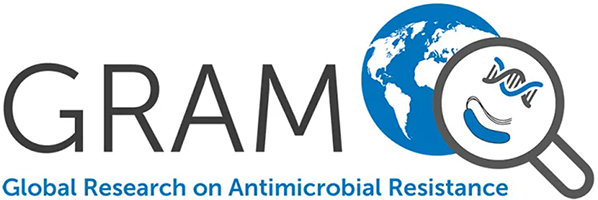Laboratory-acquired Scrub Typhus and Murine Typhus Infections: The Argument for a Risk-based Approach to Biosafety Requirements for Orientia tsutsugamushi and Rickettsia typhi Laboratory Activities.
Blacksell SD., Robinson MT., Newton PN., Day NPJ.
This study examined the literature on laboratory-acquired infections (LAIs) associated with scrub typhus (Orientia tsutsugamushi) and murine typhus (Rickettsia typhi) research to provide an evidence base for biosafety and biocontainment. Scrub typhus LAIs were documented in 25 individuals, from 1931 to 2000 with 8 (32%) deaths during the preantibiotic era. There were 35 murine typhus LAI reports and no deaths. Results indicated that the highest-risk activities were working with infectious laboratory animals involving significant aerosol exposures, accidental self-inoculation, or bite-related infections. A risk-based biosafety approach for in vitro and in vivo culture of O. tsutsugamushi and R. typhi would require that only high-risk activities (animal work or large culture volumes) be performed in high-containment biosafety level (BSL) 3 laboratories. We argue that relatively low-risk activities including inoculation of cell cultures or the early stages of in vitro growth using low volumes/low concentrations of infectious materials can be performed safely in BSL-2 laboratories within a biological safety cabinet.

